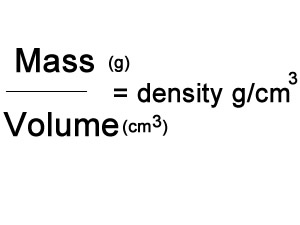
Familiarise yourself with the Rock Cycle before attempting this activity.
Considering the different conditions needed for the formation of limestone and granite. what do you expect to find when comparing the density of granite and limestone?
Before we can answer this question answer the following questions.
What type of rock is granite?
What type of rock is limestone?
Under what condition are these two type of rocks formed?
Write a hypothesis for this investigation.
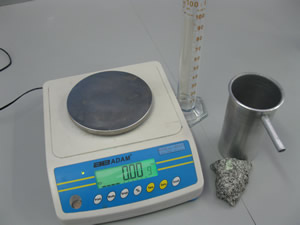
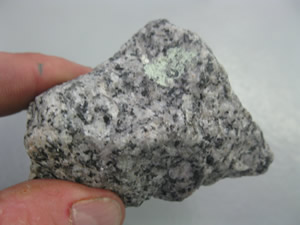
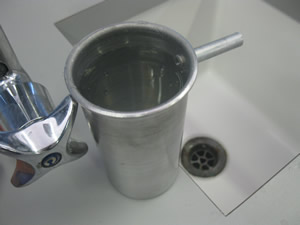
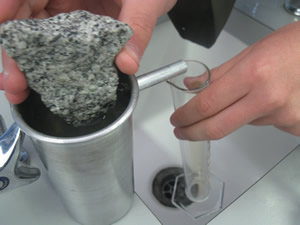
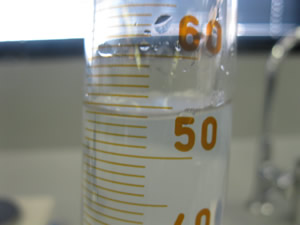
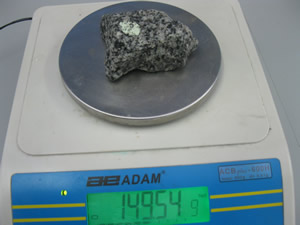
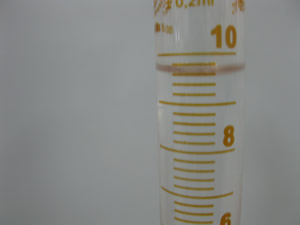
Calculate the density of the limestone rock.
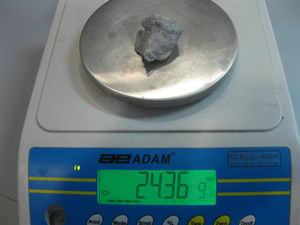
1) Consider the following statements.
i. To measure the density of two different types of rocks.
ii. Granite will have a greater density than limestone because it is formed under greater pressure.
iii. The volume of the limestone rock was 11.00 cm3
iv. The limestone rock had small shells embedded in it.
v. The density of the limestone rock was 2.20 g/cm3 and the density of the granite was 2.89 g/cm3.
a) Which comment represents the aim?
b) Which comment is an observation?
c) Which comment is a result?
d) Which comment is a hypothesis?
e) Which comment is a conclusion?
2) Do the results support your original hypothesis?
If so state what is the likely factor contributing to the difference in density.
If not revise your hypothesis and offer a brief outline of a likely investigation.
3) Obtain a sedimentary rock and a metamorphic rock. These may be supplied to you by your teacher. Before measuring the density of each rock, form a hypothesis to suggest which rock will have the greatest density.
Do the results support your hypothesis?